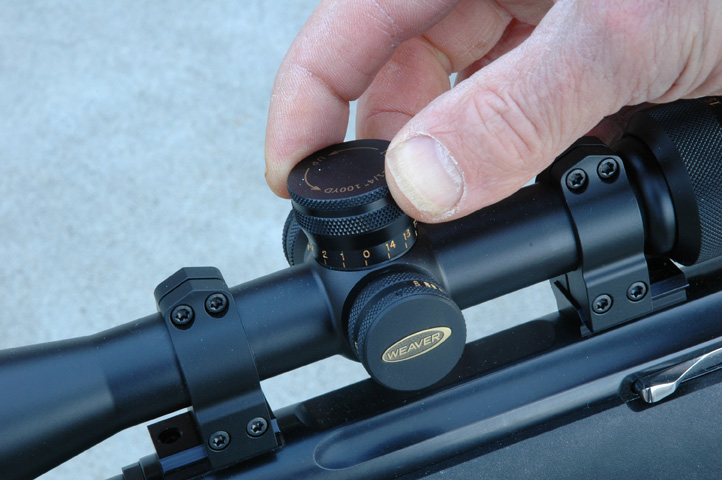
Wayne van Zwoll explores scope reticles by defining the terms mil, milliradian and minute of angle.
Though shooters carry the terms as common coin, not everyone can define “minute of angle” and “mil” (milliradian).
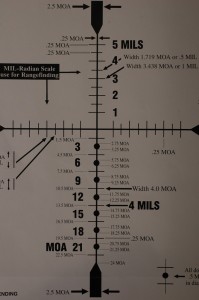
Minute of Angle
A minute of angle, usually used as a measure of group size or shot dispersion, spans 1.047 inch at 100 yards. Call it an inch. But as it is an angular measurement, its value increases with distance.
At 200 yards, that 1-minute group spans 2.094 inches. OK, round it to 2.
At 50 yards, a 2-inch group is 4 minutes big. You can get away with approximations out to half a mile or so.
At 1,000 yards, a minute of angle is not 10 inches but about 10 1/2.
The derivation is thus: A circle of 100 yards radius has 360 degrees of roughly 60 inches per degree on its perimeter (total: 21,600 minutes).
While a hunting rifle that prints into 2 inches at 100 yards will keep all its bullets in deer vitals to 400 or beyond, most shooters these days want better. Some rifles are guaranteed to drill minute-of-angle groups; a few have a half-minute standard.
That’s very hard to ensure, even with the best of ammunition. Mainly that’s because ordinary shooters with very accurate rifles still punch ordinary groups. Benchrest competitors commonly shoot “in the twos,” meaning 2 to 3 tenths of an inch, or a quarter minute of angle.

Milliradians (Mils)
The mil dot reticle gets a lot of attention these days. “Mil” has nothing to do with “military.” It is an abbreviation for milliradian, 1/6400 of a degree in angular measure. That’s 3.6 inches at 100 yards, or 3 feet at l,000 yards.
In a scope reticle, a mil is the space between (typically) 3/4-minute dots strung on a crosswire. To use this reticle as a rangefinder, you divide target height in mils at 100 yards by the number of vertical spaces subtending it. The result is range in hundreds of yards.
Example: A deer standing 3 feet at the shoulder (10 mils at 100 yards) appears in your scope to stand two dots high. Divide 2 into 10, and you come up with 5; the deer is 500 yards away.
You can also divide target size in yards (1, in this case) by the number of mils subtended (2) and multiply by 1,000 to get range in yards.
A mil dot reticle must be calibrated for a single magnification in a scope. For variable scopes, that’s typically the top magnification; some high-power sights are calibrated at other settings.
With a little practice, mil dots become easy to use. A mil dot reticle gives you a rangefinder and a way to compensate for holdover and wind drift, all in one image. For short shots, you can ignore the dots and use the reticle as a crosswire.




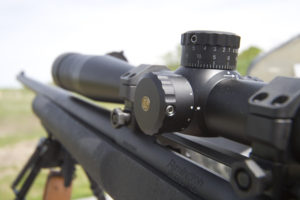
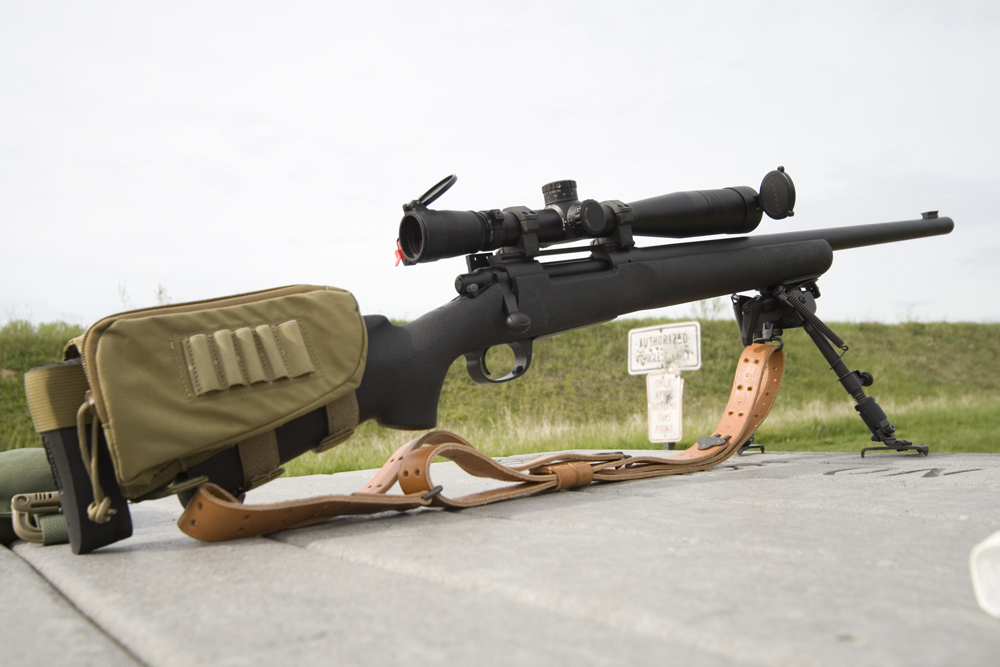


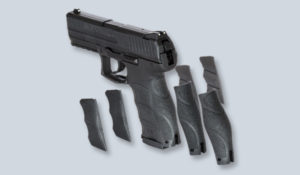
 New!
New!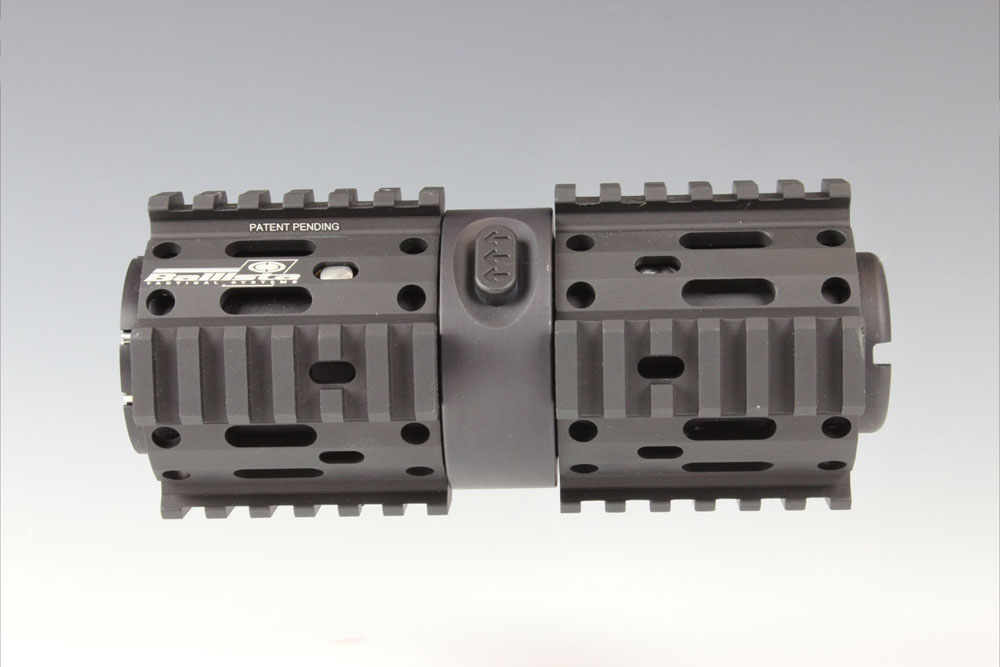

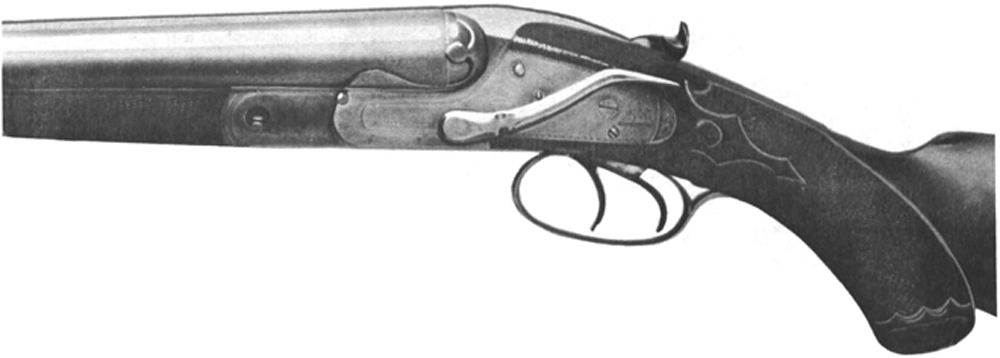

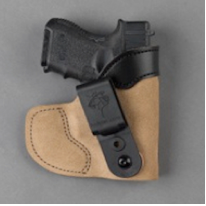
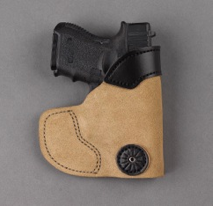

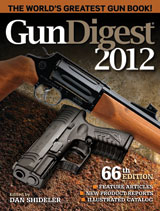




![Best Concealed Carry Guns In 2025 [Field Tested] Wilson Combat EDC X9S 1](https://gundigest.com/wp-content/uploads/Wilson-Combat-EDC-X9S-1-324x160.jpg)


![Best 9mm Carbine: Affordable PCCs [Tested] Ruger Carbine Shooting](https://gundigest.com/wp-content/uploads/Ruger-Carbine-Shooting-100x70.jpg)
![Best AR-15: Top Options Available Today [Field Tested] Harrington and Richardson PSA XM177E2 feature](https://gundigest.com/wp-content/uploads/Harrington-and-Richardson-PSA-XM177E2-feature-100x70.jpg)
